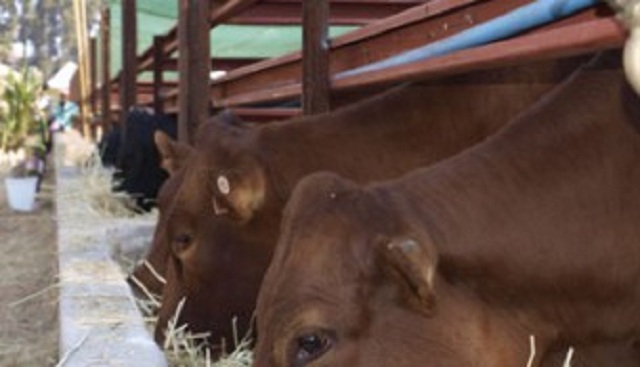
The Sunday News

I am reliably informed that the Government through its development partners will soon be providing subsidised stock feed to livestock farmers.
This programme has been implemented before, bringing relief to many distressed farmers. However, its challenge is that it had limited outreach as it only covered selected districts in Matabeleland South Province and none in Matabeleland North.
The programme seems to be following the same distribution path with only Tsholotsho District from Matabeleland North being covered. This pen therefore seeks to encourage the Government and its development partners to widen the coverage in Matabeleland North and include other districts so that these farmers can also benefit from the subsidised feed.
This feed is reasonably cheaper, trading around $8 per bag while some conventional stock feed manufacturing companies have pushed their feed to slightly over $15 per bag. I will also like to note that the entry of this subsidised feed is a bit late this year as rains are already beginning to fall which means in two weeks the veld will turn green and the demand for stock feed from smallholder farmers will drastically drop. This is a section of farmers who will ordinarily not buy a single bag of stock feed until the body condition score of his animals threatens to reach a minus.
It is no secret that most communal farmers rely on natural veld for grazing their animals and they rarely take other options unless it becomes extremely necessary to do. In this regard it may turn to be wasteful to inject stock feed into the community at the wrong time of the season.
In the previous years I have found piles of this very Government-subsidised stock feed in some rural community hall with rats having a field day while the sales agents are struggling to push the volumes out. Then the programme officer will sit down and write a report and apportion all the blame to farmers. He will go to town on how farmers are failing to adapt to new technologies such as supplementing their animals, and conveniently forget to mention that the feed came when the grass was already shooting and hence farmers made a rational decision to choose the cheaper natural feed! It is not the intention of this pen to pour water on this noble intervention by Government and its partners but to caution against the all too familiar Government practice of bringing farming inputs at the tail end of the season. In fact it is not only Government which is guilty of late supply of inputs but even the private seed houses.
I am aware that most green mealies farmers this year either got the preferred variety (yellow maize) very late or they could not get it at all.
Talking about subsidised feed and the escalating cost of feed from other manufacturers, it is important to point out that there has been a significant increase on the cost of feed and the related products putting pressure to the farmer who is currently writhing in agony because of depressed beef producer prices.
One supplier of molasses in Bulawayo increased the price from $10 to $15/25 litres. This is a 50 percent increase of the price of a product which is widely used by beef farmers as they mix it with stover and hay. Molasses is one of the key ingredients used by stock feed manufacturers and hence any significance increase in its price will have an impact on the cost of producing feed.
The question is why would the cost of molasses increase so drastically? Are we running short of molasses and if so why?
Is there a product which competes with stock feed manufacturers for the demand for molasses and if so can’t there be prioritisation of stock feed manufacturing?
Having said all this I wish stock feed manufacturers and suppliers could adopt the bread and airtime pricing model where the price is the same across the length and width of the country.
Maybe airtime recharge cards are light and hence transport cost may be deemed insignificant but how do bread producers maintain the price across the whole country, even deep in rural areas with terrible roads?
Some of these stock feed suppliers have distribution branches across the country where they distribute even groceries at prices similar to those in town but the stock feed is always more expensive than in Bulawayo, why? Uyabonga umntakaMaKhumalo.
Feedback [email protected], Cell 0772851275




